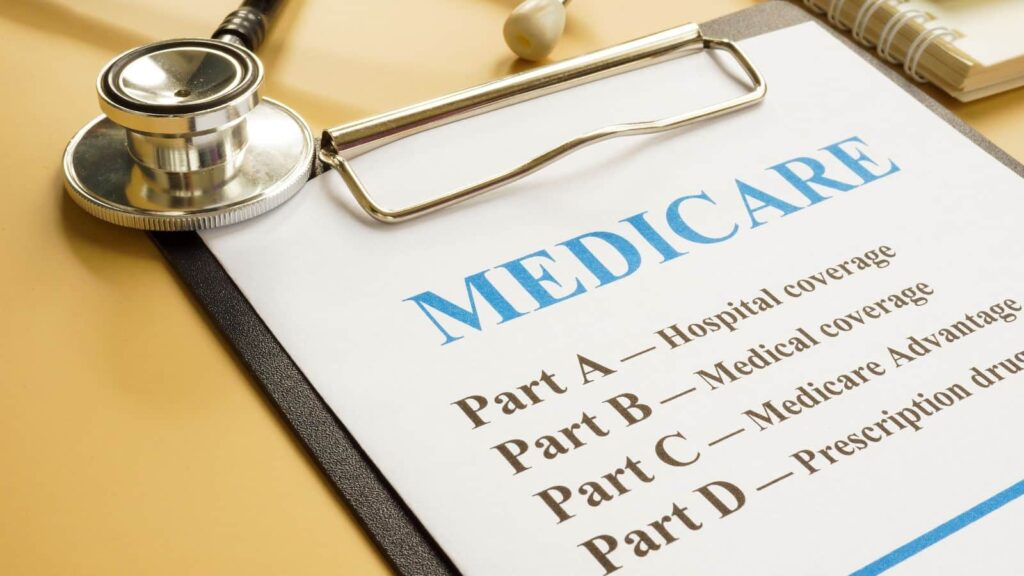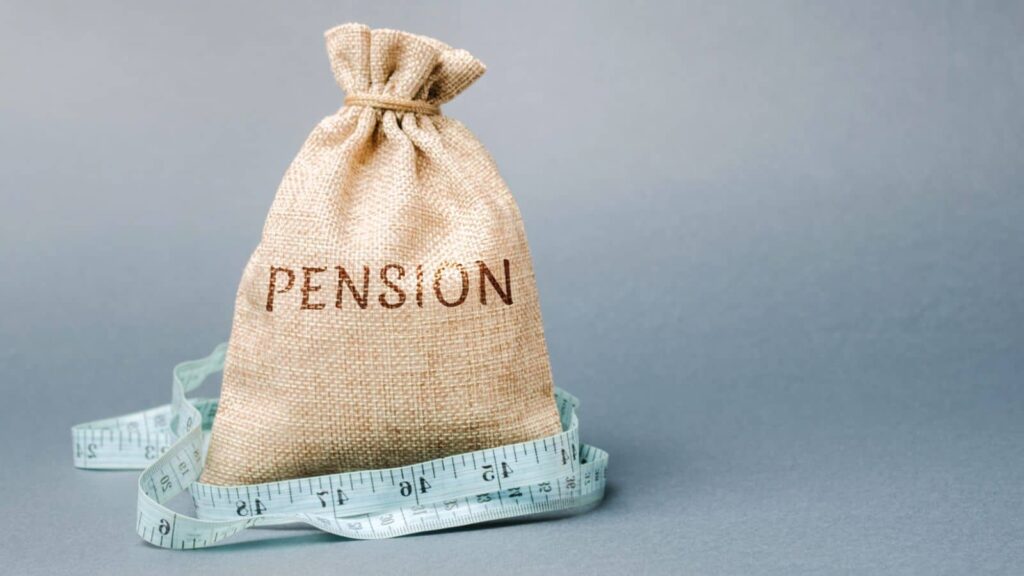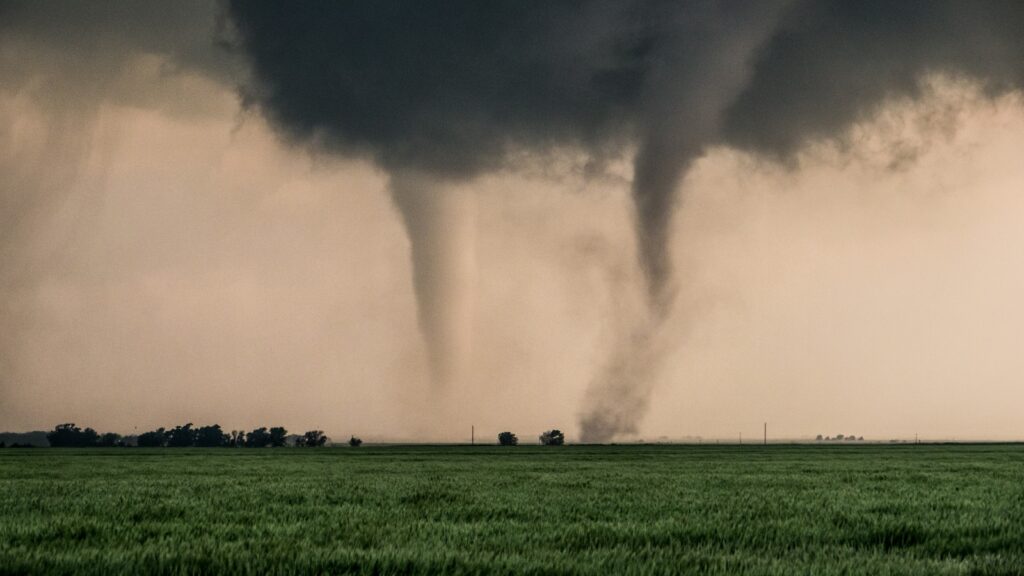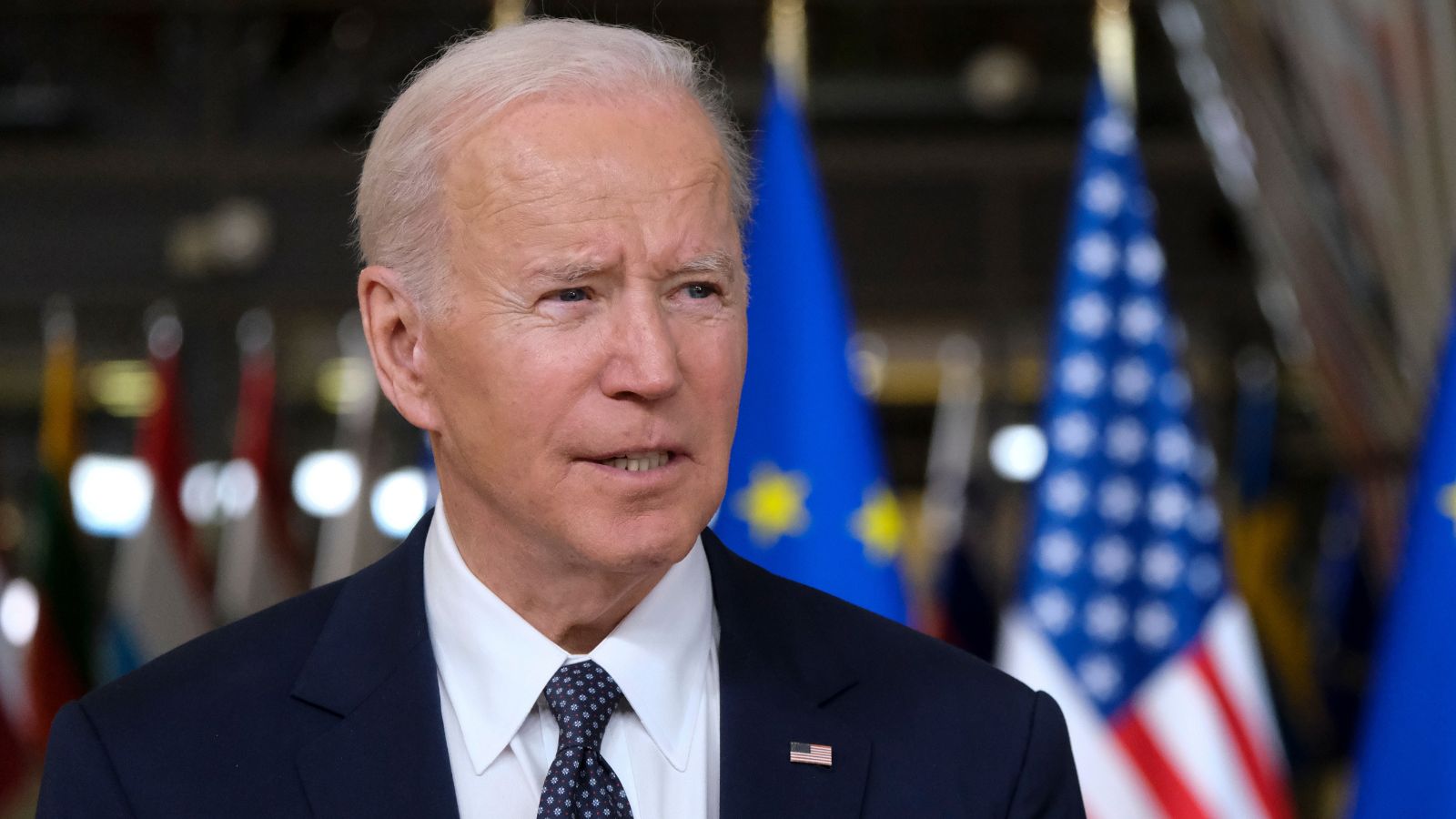America’s national debt is a staggering number that continues to climb, and tens of millions of Americans can’t get their heads around it. How did the land of the free accumulate more than $30 trillion in debt? The simple answer is overspending. The real question is, what have they spent it on?
Defense Spending

It may or may not shock you to hear that the US has the highest military spending worldwide. The spending is aimed at defending the US, protecting the people, and succeeding through teamwork. Between high-tech weapons and maintaining overseas bases, the military budget is a significant chunk of the national debt.
Social Security

As more of the Baby Boomer generation retires, Social Security will rise faster than the program's income, and that’s just the start of it. The insurance system also faces issues with rising life expectancy and lower fertility rates, which contributes heavily to the debt.
Medicare and Medicaid

Healthcare costs in the US are notoriously high. Programs like Medicare and Medicaid provide essential services to millions, with costs exceeding half a trillion dollars a year. The newly introduced Duals Act of 2024 will help the poorest and sickest people in the US but will put further strain on the national debt.
Interest on Debt

Interest payments on the national debt itself are a huge expense. It’s a bit like using a credit card to pay off another credit card—eventually, the interest adds up. That’s a lot of interest. It makes us feel a little better about our credit cards, however.
Tax Cuts

While tax cuts can stimulate the economy by boosting spending, they also reduce government revenue. Significant tax cuts over the years, without corresponding spending cuts, have increased the debt. The 2017 Tax Cuts and Jobs Act slashed individual income tax cuts from 35% to 21% to boost the economy. Analysis in 2018 found that the bill will add $2 trillion to the deficit by 2028.
Economic Stimulus Packages

Economic stimulus packages are monetary and fiscal policies put in place to kickstart a struggling economy. From the 2008 financial crisis to the COVID-19 pandemic, these packages have been necessary but costly. While they aim to boost the economy, they still significantly add to the debt.
Wars

War costs human lives, repair, and recovery, but it also costs financially. Engagements in prolonged conflicts, such as the wars in Iraq and Afghanistan, have cost the US trillions. War expenditures extend beyond immediate costs to long-term veterans' care and rebuilding efforts.
Infrastructure Spending

Bridges, roads, and public transportation systems require constant upkeep and improvement, as well as evolving to meet new environmental requirements for people and businesses. While entirely necessary, the high costs of infrastructure projects add up quickly.
Education Funding

Investing in education is crucial and should never be compromised. It just happens to be very expensive. Federal funding for public schools, colleges, and student loans is a significant part of the budget but still falls short of global benchmarks and economic growth.
Pension Obligations

Government employees, from teachers to police officers, rely on pensions in their older years. Funding these pensions, especially when they are underfunded, contributes to the debt. As it stands, the US has promised more than it can afford leaving a national public pension funding shortfall.
Corporate Subsidies

Subsidies to various industries, including agriculture and energy, can quickly drain the federal budget. They aim to encourage production and consumption in certain industries as a way to support economic stability, but they also add to the financial burden.
Unemployment Benefits

During economic downturns, unemployment benefits provide a lifeline to millions of individuals. However, during prolonged recessions when these benefits are expanded, it places a significant strain on government spending.
Healthcare Costs

Medicare and Medicaid aside, the overall high cost of healthcare in the U.S. means higher spending on health-related programs and subsidies. The US spends more on healthcare than any other country, with an average cost per person of $13,000+. This is more than double the cost of other wealthy countries.
Natural Disasters

The US is no stranger to natural disasters. Hurricanes, wildfires, and other natural disasters require federal aid for recovery efforts. While it seems unsavory to place a cost on human life, weather disasters in 2024 thus far have already surpassed $1 billion. These unexpected events can lead to significant unplanned spending.
Public Assistance Programs

Programs like SNAP (food stamps) and housing assistance help millions of Americans in need but are expensive to maintain. With more than 80 welfare programs, public assistance programs take up around 20% of total federal spending. Their costs increase during economic hardships.
Research and Development

Investing in research and innovation is crucial for the evolution of all things, but it comes at a price. Federal funding for scientific research, space exploration, and technology development is continually rising due to requirements, a necessary but high price that contributes to the debt.
Bailouts

From The Bank of America to GM & Chrysler, bailouts have been necessary on numerous occasions to prevent economic collapse. However, they come with hefty price tags that add to the national debt.
General Government Operations

Running the government isn’t cheap. Sky-high salaries, operational costs, and administrative expenses all add up, contributing to the overall debt. It seems that the US should invest in staff who can work on balancing expenditure with income more succinctly.
30 Traditional Sayings That Are Now Considered Offensive by Woke Culture

30 Traditional Sayings That Are Now Considered Offensive by Woke Culture
21 Habits Often Associated With Having a Lower Social Status

21 Habits Often Associated With Having a Lower Social Status
25 Social Issues Gen Z are Determined to Cancel

